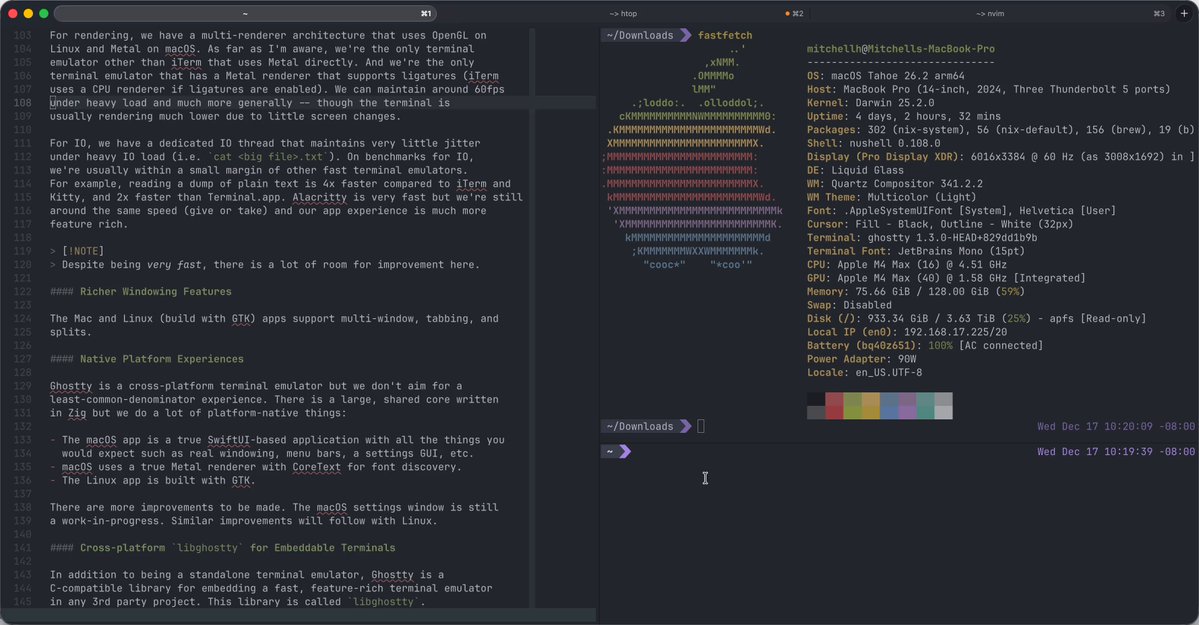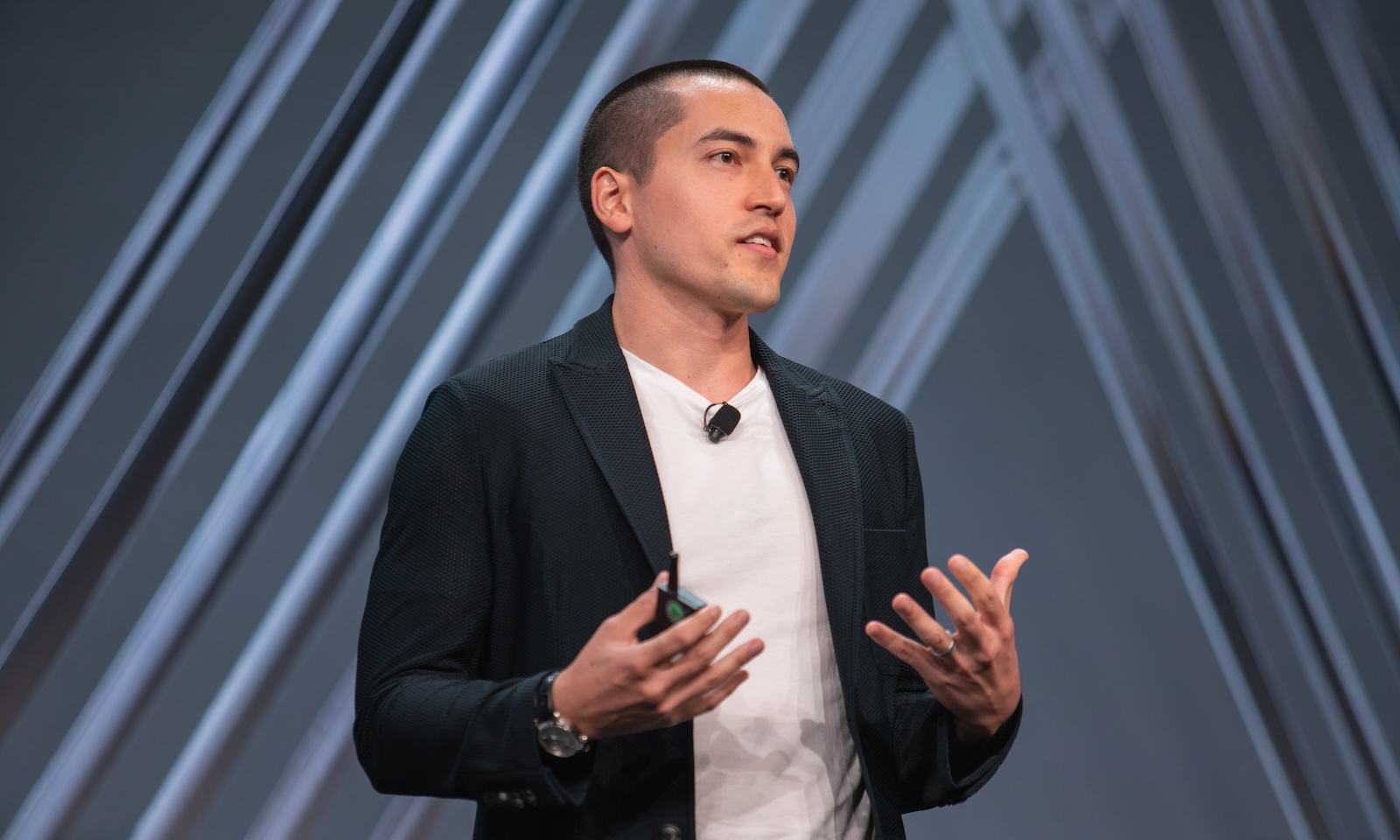Suggestions
Mitchell Hashimoto
Software company with a freemium business model
Mitchell Hashimoto is a prominent figure in the tech industry, best known as the co-founder of HashiCorp, a company he established in 2012 alongside Armon Dadgar. HashiCorp specializes in tools for cloud infrastructure management, including popular products like Vagrant, Terraform, and Vault, which are widely used for automation and deployment in cloud environments.14
Early Life and Education
Hashimoto graduated from the University of Washington, where he met Dadgar while working on a research project. Their collaboration laid the groundwork for HashiCorp's founding.3
Career at HashiCorp
- Roles: Hashimoto served as CEO from 2012 to 2016 and later took on the role of co-CTO until stepping away from leadership positions in 2021. He transitioned to an individual contributor role before leaving the company entirely in December 2023.245
- Contributions: He played a crucial role in developing many of HashiCorp's key products, significantly impacting cloud infrastructure practices. Under his leadership, HashiCorp grew rapidly, reaching over 1,500 employees and numerous enterprise customers.45
Departure from HashiCorp
In December 2023, Hashimoto announced his departure from HashiCorp after more than 11 years with the company. His decision was influenced by personal reflections and a desire to spend more time with family. He expressed pride in what he had accomplished and emphasized the importance of building a self-sustaining company that could thrive without his day-to-day involvement.26
Personal Interests
Outside of his professional endeavors, Mitchell Hashimoto is also an FAA-licensed private pilot and enjoys flying various aircraft, including a Cirrus SF50 Vision Jet.5
Overall, Mitchell Hashimoto's legacy at HashiCorp is marked by innovation in cloud technology and a commitment to fostering a vibrant user community around open-source software.
Highlights
Jump to any open terminal by title, working directory, or tab color. A little highlight animation shows the terminal you jumped to so you can find it more easily. Available very soon in nightly macOS builds. https://t.co/DIWrRedErQ

The number of people with "VP" or higher in their title misunderstanding this is alarming.
